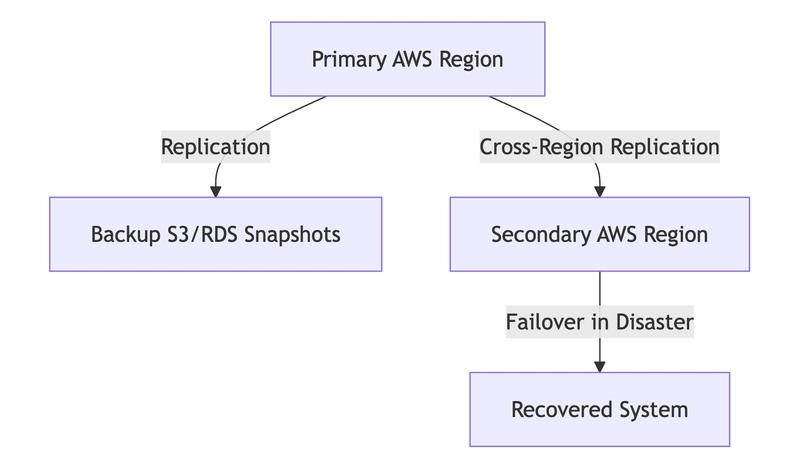How to Build a Vector Database with SQLite in laravel for LLM's
Building a Vector Database with SQLite in Laravel for LLMs on Windows requires configuring SQLite with vector support (via sqlite-vss or pgvector alternative), integrating it with Laravel, and using it for vector search. Here’s a step-by-step guide: Step 1: Install SQLite with Vector Support SQLite doesn’t natively support vector storage, but you can enable it using the sqlite-vss extension. 1.1 Download SQLite with Vector Support Download the latest SQLite3 binary from SQLite’s official site. Download the sqlite-vss extension from here. 1.2 Enable the sqlite-vss Extension Place sqlite-vss.dll (Windows) or .so (Linux/macOS) in your project directory. Load the extension in Laravel by modifying your database configuration. Step 2: Configure Laravel to Use SQLite Open the .env file and set up SQLite: DB_CONNECTION=sqlite DB_DATABASE=database/database.sqlite Create the SQLite database file: mkdir database touch database/database.sqlite Ensure config/database.php has SQLite configured: 'sqlite' => [ 'driver' => 'sqlite', 'database' => env('DB_DATABASE', database_path('database.sqlite')), 'prefix' => '', 'foreign_key_constraints' => true, ], Step 3: Create a Migration for Vector Storage Create a migration for storing vector embeddings: php artisan make:migration create_embeddings_table Edit the migration file: use Illuminate\Database\Migrations\Migration; use Illuminate\Database\Schema\Blueprint; use Illuminate\Support\Facades\DB; use Illuminate\Support\Facades\Schema; class CreateEmbeddingsTable extends Migration { public function up() { Schema::create('embeddings', function (Blueprint $table) { $table->id(); $table->string('text'); $table->json('embedding'); // Store vector as JSON $table->timestamps(); }); // Load the SQLite extension DB::statement("SELECT load_extension('sqlite-vss')"); // Create a vector index for fast search DB::statement("CREATE VIRTUAL TABLE vss_index USING vss(embedding(1536))"); // Example: OpenAI embedding size 1536 } public function down() { Schema::dropIfExists('embeddings'); } } Run the migration: php artisan migrate Step 4: Insert and Query Vector Data 4.1 Insert Vector Data Modify Embedding.php model: use Illuminate\Database\Eloquent\Model; class Embedding extends Model { protected $fillable = ['text', 'embedding']; protected $casts = ['embedding' => 'array']; // Convert JSON to array } Store embeddings in Laravel: use App\Models\Embedding; Embedding::create([ 'text' => 'Hello world', 'embedding' => json_encode([0.1, 0.2, 0.3, ..., 0.9]) // Example vector ]); Step 5: Perform Vector Search To perform a similarity search: use Illuminate\Support\Facades\DB; $vector = json_encode([0.1, 0.2, 0.3, ..., 0.9]); // Example query vector $result = DB::select("SELECT text, vss_distance(embedding, ?) as distance FROM embeddings ORDER BY distance LIMIT 5", [$vector]); return response()->json($result); Bonus: Generate Vectors using OpenAI If you're working with LLM embeddings (like OpenAI), install openai-php: composer require openai-php/client Then, generate embeddings: use OpenAI\Client; $client = new Client('your-openai-api-key'); $response = $client->embeddings()->create([ 'model' => 'text-embedding-ada-002', 'input' => 'Hello world', ]); $embedding = $response->json()['data'][0]['embedding']; Embedding::create([ 'text' => 'Hello world', 'embedding' => json_encode($embedding) ]); Conclusion Now you have a working Vector Database in SQLite inside Laravel, supporting vector storage and similarity search—ideal for LLM applications like retrieval-augmented generation (RAG).
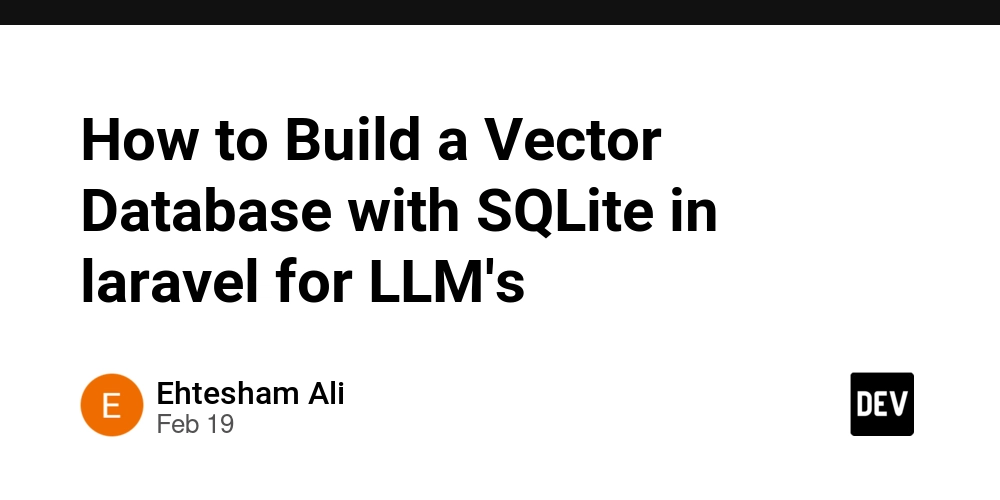
Building a Vector Database with SQLite in Laravel for LLMs on Windows requires configuring SQLite with vector support (via sqlite-vss or pgvector alternative), integrating it with Laravel, and using it for vector search. Here’s a step-by-step guide:
Step 1: Install SQLite with Vector Support
SQLite doesn’t natively support vector storage, but you can enable it using the sqlite-vss extension.
1.1 Download SQLite with Vector Support
Download the latest SQLite3 binary from SQLite’s official site.
Download the sqlite-vss extension from here.
1.2 Enable the sqlite-vss Extension
Place sqlite-vss.dll (Windows) or .so (Linux/macOS) in your project directory.
Load the extension in Laravel by modifying your database configuration.
Step 2: Configure Laravel to Use SQLite
Open the .env file and set up SQLite:
DB_CONNECTION=sqlite
DB_DATABASE=database/database.sqlite
Create the SQLite database file:
mkdir database
touch database/database.sqlite
Ensure config/database.php has SQLite configured:
'sqlite' => [
'driver' => 'sqlite',
'database' => env('DB_DATABASE', database_path('database.sqlite')),
'prefix' => '',
'foreign_key_constraints' => true,
],
Step 3: Create a Migration for Vector Storage
Create a migration for storing vector embeddings:
php artisan make:migration create_embeddings_table
Edit the migration file:
use Illuminate\Database\Migrations\Migration;
use Illuminate\Database\Schema\Blueprint;
use Illuminate\Support\Facades\DB;
use Illuminate\Support\Facades\Schema;
class CreateEmbeddingsTable extends Migration
{
public function up()
{
Schema::create('embeddings', function (Blueprint $table) {
$table->id();
$table->string('text');
$table->json('embedding'); // Store vector as JSON
$table->timestamps();
});
// Load the SQLite extension
DB::statement("SELECT load_extension('sqlite-vss')");
// Create a vector index for fast search
DB::statement("CREATE VIRTUAL TABLE vss_index USING vss(embedding(1536))"); // Example: OpenAI embedding size 1536
}
public function down()
{
Schema::dropIfExists('embeddings');
}
}
Run the migration:
php artisan migrate
Step 4: Insert and Query Vector Data
4.1 Insert Vector Data
Modify Embedding.php model:
use Illuminate\Database\Eloquent\Model;
class Embedding extends Model
{
protected $fillable = ['text', 'embedding'];
protected $casts = ['embedding' => 'array']; // Convert JSON to array
}
Store embeddings in Laravel:
use App\Models\Embedding;
Embedding::create([
'text' => 'Hello world',
'embedding' => json_encode([0.1, 0.2, 0.3, ..., 0.9]) // Example vector
]);
Step 5: Perform Vector Search
To perform a similarity search:
use Illuminate\Support\Facades\DB;
$vector = json_encode([0.1, 0.2, 0.3, ..., 0.9]); // Example query vector
$result = DB::select("SELECT text, vss_distance(embedding, ?) as distance FROM embeddings ORDER BY distance LIMIT 5", [$vector]);
return response()->json($result);
Bonus: Generate Vectors using OpenAI
If you're working with LLM embeddings (like OpenAI), install openai-php:
composer require openai-php/client
Then, generate embeddings:
use OpenAI\Client;
$client = new Client('your-openai-api-key');
$response = $client->embeddings()->create([
'model' => 'text-embedding-ada-002',
'input' => 'Hello world',
]);
$embedding = $response->json()['data'][0]['embedding'];
Embedding::create([
'text' => 'Hello world',
'embedding' => json_encode($embedding)
]);
Conclusion
Now you have a working Vector Database in SQLite inside Laravel, supporting vector storage and similarity search—ideal for LLM applications like retrieval-augmented generation (RAG).












































































































































































![[The AI Show Episode 142]: ChatGPT’s New Image Generator, Studio Ghibli Craze and Backlash, Gemini 2.5, OpenAI Academy, 4o Updates, Vibe Marketing & xAI Acquires X](https://www.marketingaiinstitute.com/hubfs/ep%20142%20cover.png)














































































































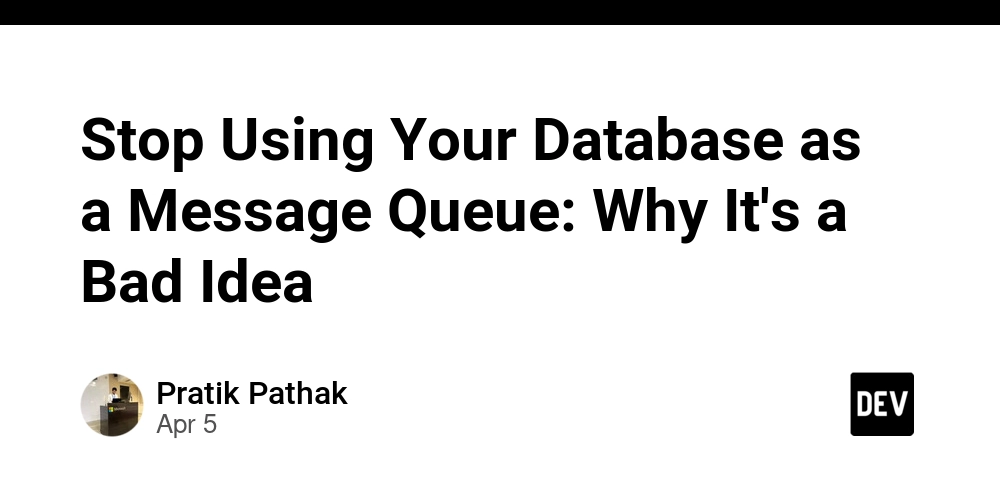
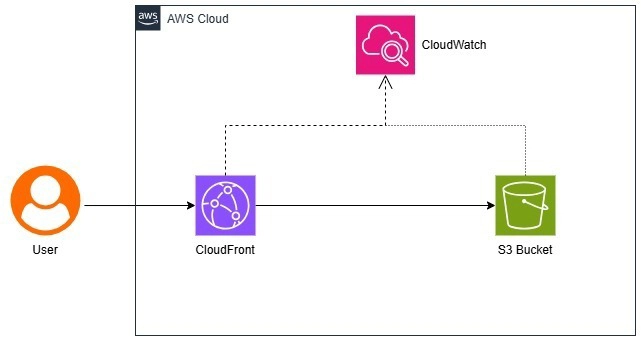











![[FREE EBOOKS] The Kubernetes Bible, The Ultimate Linux Shell Scripting Guide & Four More Best Selling Titles](https://www.javacodegeeks.com/wp-content/uploads/2012/12/jcg-logo.jpg)



![From drop-out to software architect with Jason Lengstorf [Podcast #167]](https://cdn.hashnode.com/res/hashnode/image/upload/v1743796461357/f3d19cd7-e6f5-4d7c-8bfc-eb974bc8da68.png?#)





































































































.png?#)





.jpg?#)































_Christophe_Coat_Alamy.jpg?#)







































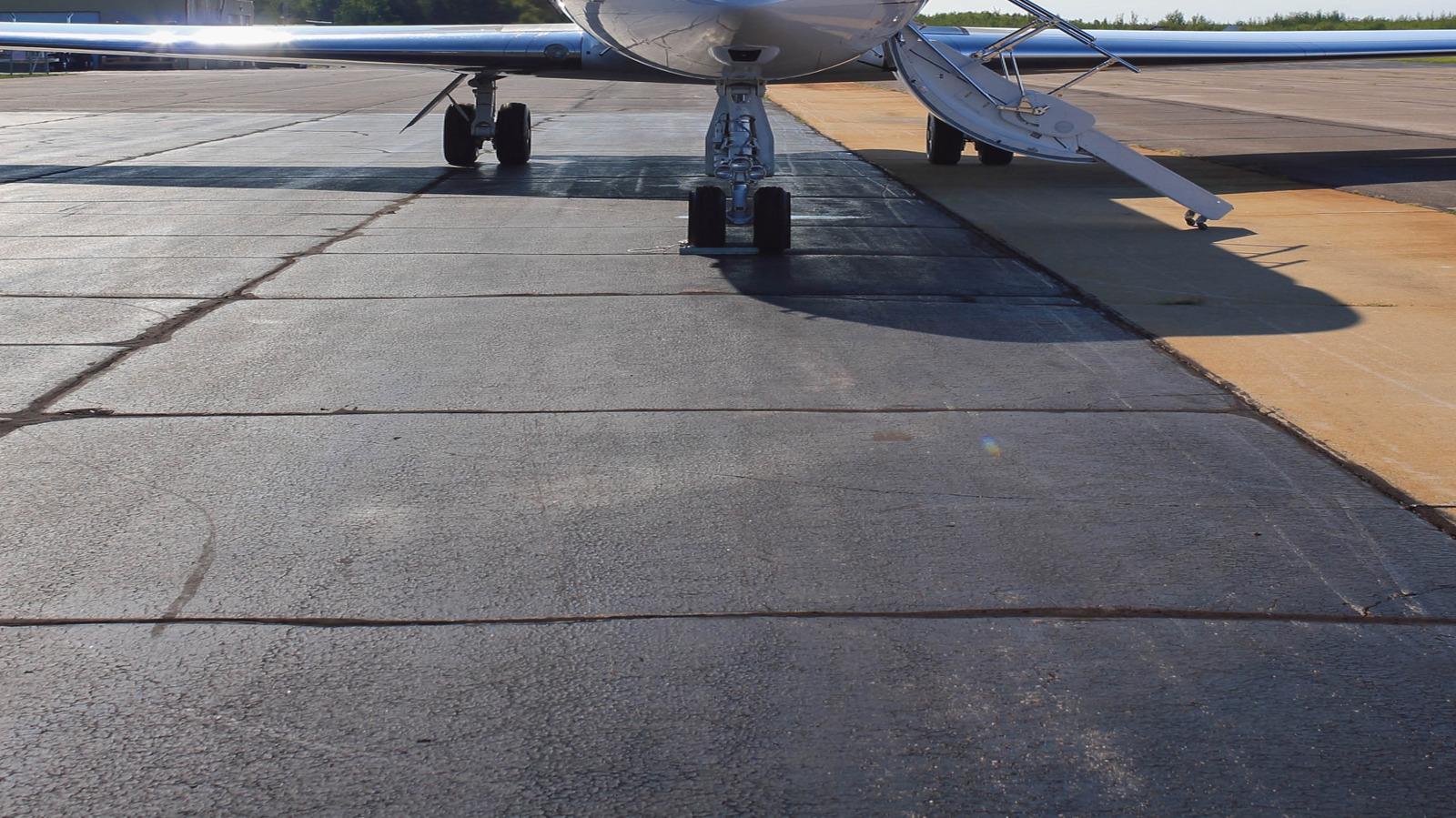































































![Rapidus in Talks With Apple as It Accelerates Toward 2nm Chip Production [Report]](https://www.iclarified.com/images/news/96937/96937/96937-640.jpg)






































































































































